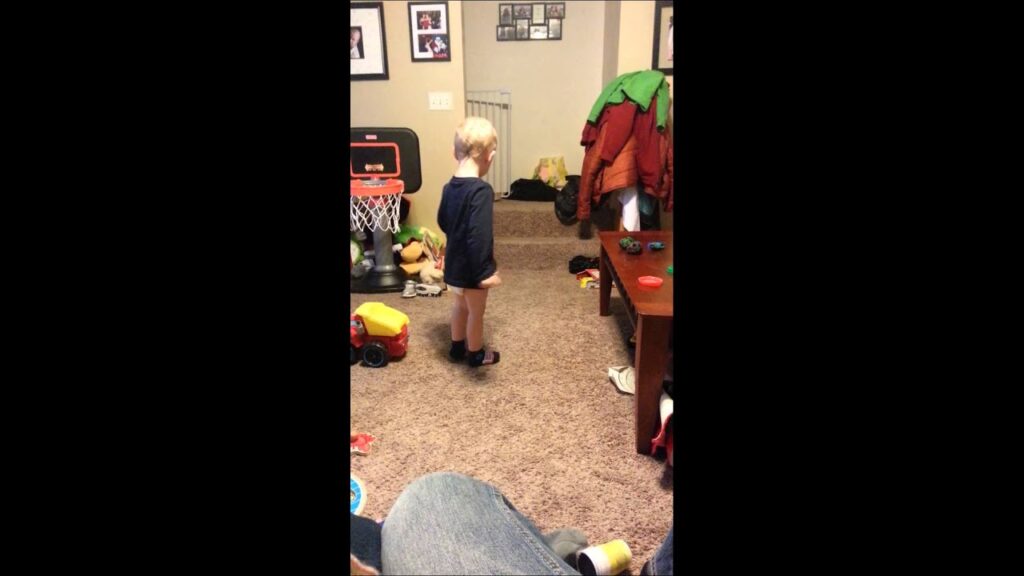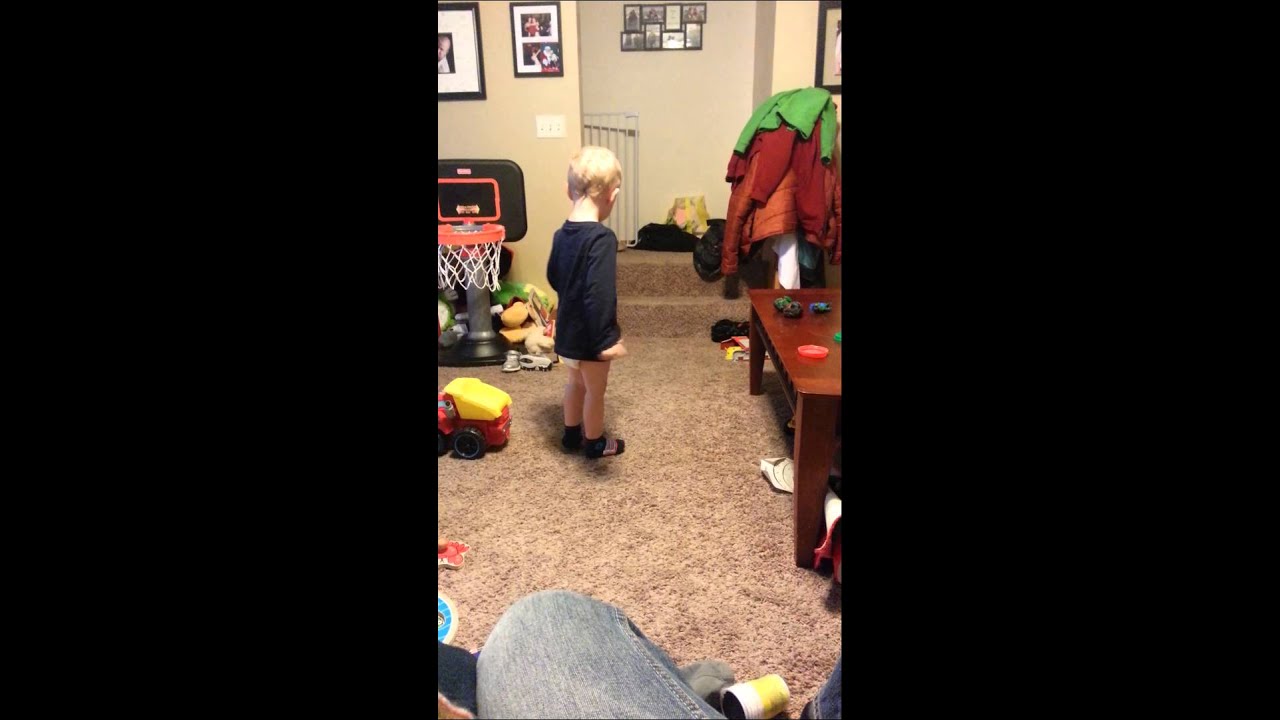
The Controversy Surrounding ‘Poopy Diaper’ Videos: An Investigative Report
The internet, a vast and often unregulated space, has become a repository for content of all kinds. Among the more disturbing trends that have emerged are videos centered around soiled diapers, often referred to as “poopy diaper” videos. These videos, which typically depict infants or toddlers with heavily soiled diapers, have sparked considerable debate and outrage, raising serious ethical and legal questions. This investigative report aims to delve into the phenomenon of ‘poopy diaper’ videos, examining their prevalence, the motivations behind their creation and distribution, the potential harm they inflict, and the legal and ethical considerations they raise.
What are ‘Poopy Diaper’ Videos?
‘Poopy diaper’ videos, as the name suggests, are videos that showcase babies or young children with diapers that are visibly and often excessively soiled with feces. The content often focuses on the visual and olfactory aspects of the diaper’s contents, sometimes accompanied by commentary or interaction with the child. These videos are often uploaded to video-sharing platforms, social media sites, and even specialized online communities.
Prevalence and Distribution
While quantifying the exact number of ‘poopy diaper’ videos online is challenging due to the constant uploading and removal of content, anecdotal evidence suggests that they are more widespread than many realize. A search for related terms on popular video platforms can yield a surprising number of results, though many are quickly taken down due to violations of platform policies. The ease with which these videos can be uploaded and shared contributes to their proliferation, making it difficult to completely eradicate them from the internet.
Motivations Behind Creation and Distribution
Understanding the motivations behind the creation and distribution of ‘poopy diaper’ videos is crucial to addressing the issue. There are several potential factors at play:
- Fetishism: In some cases, the creation and consumption of these videos are linked to coprophilia, a sexual fetish involving feces. The videos may be produced and shared within communities that cater to this specific interest.
- Attention-seeking: Some individuals may create these videos as a way to gain attention online, regardless of the negative impact on the child. The shock value of the content can generate views, comments, and shares, fueling the creator’s desire for notoriety.
- Exploitation: In the most egregious cases, ‘poopy diaper’ videos may be part of a larger pattern of child exploitation. The videos could be used to groom victims, normalize abusive behavior, or even generate revenue through pay-per-view or other monetization schemes.
- Lack of Awareness: Some parents or caregivers may genuinely believe that sharing these videos is harmless, failing to recognize the potential psychological and emotional harm they can inflict on the child. They may view it as a humorous or relatable depiction of the challenges of parenthood.
Potential Harm to Children
The potential harm to children depicted in ‘poopy diaper’ videos is significant and multifaceted:
- Privacy Violation: Children have a right to privacy, and the public dissemination of intimate details about their bodily functions constitutes a serious violation of that right. The videos can remain online indefinitely, potentially resurfacing at any point in the child’s life.
- Emotional Distress: As the child grows older and becomes aware of the existence of these videos, they may experience feelings of shame, embarrassment, and humiliation. The videos could become a source of bullying or social ostracism.
- Psychological Trauma: In cases where the videos are part of a pattern of exploitation or abuse, the child may suffer severe psychological trauma. The videos can serve as a constant reminder of the abuse, hindering their ability to heal and form healthy relationships.
- Normalization of Abuse: The widespread availability of ‘poopy diaper’ videos can contribute to the normalization of child exploitation. By desensitizing viewers to the inherent vulnerability of children, these videos can erode societal norms and make it more difficult to protect children from harm.
Legal and Ethical Considerations
The creation and distribution of ‘poopy diaper’ videos raise a number of complex legal and ethical considerations:
- Child Pornography Laws: In many jurisdictions, the creation and distribution of videos depicting children in a sexual or exploitative manner is illegal. While ‘poopy diaper’ videos may not always be explicitly sexual in nature, they can still be considered exploitative, particularly if they are created for the purpose of sexual gratification or if they depict the child in a degrading or humiliating way.
- Child Endangerment Laws: Parents or caregivers who create or allow the creation of ‘poopy diaper’ videos may be subject to child endangerment laws. These laws typically prohibit actions that put a child at risk of harm, including emotional or psychological harm.
- Privacy Laws: In some jurisdictions, privacy laws may protect children from the unauthorized dissemination of their personal information, including videos of their bodily functions.
- Ethical Obligations of Parents and Caregivers: Parents and caregivers have a fundamental ethical obligation to protect their children from harm. This includes protecting them from online exploitation and ensuring that their privacy is respected. The creation and distribution of ‘poopy diaper’ videos is a clear violation of this ethical obligation.
The Role of Online Platforms
Online platforms have a crucial role to play in combating the spread of ‘poopy diaper’ videos. They should:
- Develop and Enforce Clear Policies: Platforms should have clear policies prohibiting the creation and distribution of content that exploits or endangers children. These policies should be consistently enforced, and violators should be promptly removed from the platform.
- Invest in Content Moderation: Platforms should invest in robust content moderation systems to identify and remove ‘poopy diaper’ videos and other forms of child exploitation. This includes using both automated tools and human moderators.
- Collaborate with Law Enforcement: Platforms should cooperate with law enforcement agencies to investigate and prosecute individuals who create and distribute ‘poopy diaper’ videos.
- Promote Awareness: Platforms should promote awareness among users about the dangers of child exploitation and the importance of protecting children online.
What Can Be Done?
Addressing the issue of ‘poopy diaper’ videos requires a multifaceted approach:
- Increased Awareness: Raising awareness among parents, caregivers, and the general public about the potential harm of these videos is essential. Education campaigns can help people understand the ethical and legal implications of creating and sharing this type of content.
- Stricter Laws and Enforcement: Strengthening child protection laws and ensuring that they are effectively enforced is crucial. This includes holding parents and caregivers accountable for creating or allowing the creation of ‘poopy diaper’ videos.
- Platform Responsibility: Online platforms must take greater responsibility for preventing the spread of ‘poopy diaper’ videos. This includes developing and enforcing clear policies, investing in content moderation, and collaborating with law enforcement.
- Community Action: Encouraging community members to report ‘poopy diaper’ videos and other forms of child exploitation can help to remove this content from the internet.
- Support for Victims: Providing support and resources to children who have been victimized by ‘poopy diaper’ videos is essential. This includes access to counseling, legal assistance, and other forms of support.
Conclusion
The phenomenon of ‘poopy diaper’ videos is a disturbing example of the dark side of the internet. These videos exploit and endanger children, violate their privacy, and can have lasting psychological consequences. Addressing this issue requires a concerted effort from parents, caregivers, online platforms, law enforcement agencies, and the community as a whole. By raising awareness, strengthening laws, holding platforms accountable, and supporting victims, we can work to protect children from the harm of ‘poopy diaper’ videos and create a safer online environment. The continuous cycle of upload and takedown of these “poopy diaper” videos highlights the need for constant vigilance. The presence of a “poopy diaper” in these videos is not just a visual element, but a symbol of the exploitation occurring. The creation of a “poopy diaper” video often involves a power dynamic where the child is unable to consent. The existence of “poopy diaper” videos online necessitates a strong response from all stakeholders. The content of each “poopy diaper” video varies, but the underlying issue of child exploitation remains consistent. The distribution of a “poopy diaper” video can have devastating consequences for the child involved. The legal ramifications of creating a “poopy diaper” video are significant and should be taken seriously. The ethical implications of filming a “poopy diaper” are profound and require careful consideration. The proliferation of “poopy diaper” videos demonstrates the urgent need for increased awareness and preventative measures. The term “poopy diaper” itself has become associated with the exploitation of children online. The search for “poopy diaper” videos highlights the accessibility of this harmful content. The removal of “poopy diaper” videos is a continuous battle against those who seek to exploit children. The discussion surrounding “poopy diaper” videos is essential for understanding the complexities of online child exploitation. The focus on “poopy diaper” content should not overshadow the broader issue of child safety online. The condemnation of “poopy diaper” videos is a necessary step in protecting children from harm. The existence of “poopy diaper” videos is a stark reminder of the vulnerabilities of children in the digital age.
[See also: Child Online Safety Tips]
[See also: Reporting Child Exploitation Online]
[See also: Understanding Internet Safety for Kids]

